
How to Ride Through Urban Sprawl: Route Planning and Avoiding Traffic
- 1. Understanding Urban Sprawl and Its Impact
- 2. The Challenges of Navigating Through Urban Sprawl
- 3. Strategies for Effective Route Planning
- 4. How to Avoid Traffic and Minimize Delays
- 5. How Cycling Guider Can Help You Plan Your Routes
1. Understanding Urban Sprawl and Its Impact
Urban sprawl refers to the uncontrolled and often unplanned expansion of cities into surrounding rural areas. In the US, many cities are experiencing significant growth, leading to longer commutes, increased traffic, and a greater need for effective route planning. The impact of urban sprawl can be frustrating for daily commuters, as it leads to crowded streets, limited transportation options, and more time spent stuck in traffic.
For those trying to navigate through urban sprawl, understanding its patterns and challenges is key to finding ways to avoid congestion and travel more efficiently.
2. The Challenges of Navigating Through Urban Sprawl
The growth of cities often leads to several challenges for commuters. These challenges are particularly significant for cyclists, pedestrians, and drivers alike. Here are some of the most common issues faced:
2.1 Increased Traffic Congestion
As more people move into the outskirts of cities, the number of vehicles on the road increases, leading to heavy congestion during peak hours. This can make it difficult to find fast, efficient routes, particularly in areas that were once rural or less developed.
2.2 Poor Infrastructure and Lack of Alternatives
In many suburban areas, the infrastructure is often not designed to handle the influx of new residents. Roads may be narrow, poorly maintained, or lack essential features like bike lanes or public transportation options. This makes it harder to avoid traffic and find viable alternatives for getting around the city.
2.3 Longer Commute Times
Urban sprawl often leads to longer commute times, as people who live in the suburbs need to travel further to reach the city center. This can be frustrating for anyone trying to avoid long hours spent stuck in traffic or waiting for public transportation.
3. Strategies for Effective Route Planning
Effective route planning is essential for anyone navigating through urban sprawl. By considering various factors, you can reduce travel time, avoid traffic, and make your journey more efficient. Here are some strategies to keep in mind:
3.1 Use Real-Time Traffic Apps
Leveraging real-time traffic apps like Google Maps or Waze can help you stay updated on the latest traffic conditions. These apps can suggest alternate routes in case of accidents or heavy traffic, helping you avoid delays and get to your destination faster.
3.2 Plan for Off-Peak Hours
One of the easiest ways to avoid traffic congestion is to plan your routes during off-peak hours. Rush hour traffic can significantly slow you down, but traveling during the early morning or late evening can help you avoid the worst of the congestion.
3.3 Explore Alternative Transportation Methods
Cycling and walking can be excellent alternatives to driving, particularly in areas with heavy traffic. If your destination is within a reasonable distance, consider using a bicycle instead of a car. It not only helps you avoid traffic but is also a more sustainable and healthy option.
4. How to Avoid Traffic and Minimize Delays
Avoiding traffic congestion in areas with urban sprawl requires a bit of strategy. Here are some helpful tips to minimize delays:
4.1 Take Advantage of Dedicated Bike Lanes
Many cities, especially in the US, are investing in infrastructure for cyclists. Dedicated bike lanes can allow you to avoid traffic entirely, ensuring that your commute is faster and more enjoyable. If you're planning to cycle through urban sprawl, look for cities with bike-friendly infrastructure.
4.2 Plan for Multiple Routes
Having multiple routes planned in advance can help you avoid traffic if your first choice is blocked or congested. Knowing a few backroads or alternative highways can provide more flexibility and reduce stress during your commute.
4.3 Monitor Public Transportation Schedules
If you're relying on public transportation, it's important to stay updated on schedules and routes. Many cities now offer real-time tracking for buses and trains, helping you avoid unnecessary delays. Always have a backup option in case your usual route experiences disruptions.
5. How Cycling Guider Can Help You Plan Your Routes
At Cycling Guider, we understand how challenging it can be to navigate through urban sprawl. That's why we offer a range of tools and resources designed to help you plan your routes more effectively. Whether you're a cyclist, driver, or pedestrian, we can provide personalized route recommendations that take into account traffic conditions, bike lanes, and alternative transportation options.
With our detailed route planning tools, you can avoid traffic, discover new paths, and make your commute more efficient. Plus, we offer product recommendations for bikes, accessories, and gear to ensure you’re fully equipped for your journey through urban sprawl.
Visit Cycling Guider today to start planning your next journey through urban sprawl and make your commute smoother and stress-free.



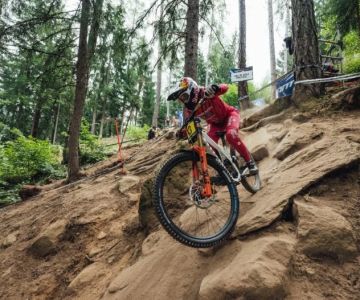


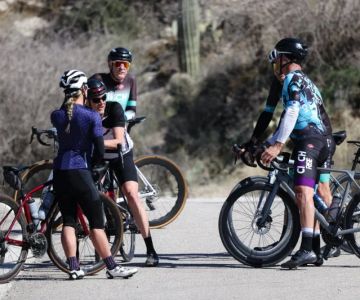
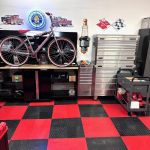 Billet BMX5.0 (2 reviews)
Billet BMX5.0 (2 reviews)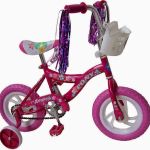 Far East Children Bicycle Factory1.0 (1 reviews)
Far East Children Bicycle Factory1.0 (1 reviews)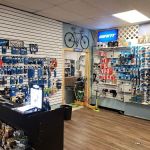 Archer Motorsports, Inc.4.0 (8 reviews)
Archer Motorsports, Inc.4.0 (8 reviews)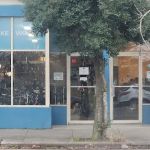 YEP Bike Works4.0 (55 reviews)
YEP Bike Works4.0 (55 reviews)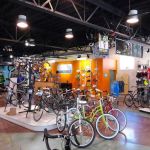 Gorham Bike & Ski4.0 (498 reviews)
Gorham Bike & Ski4.0 (498 reviews) Alchemy Bikes4.0 (37 reviews)
Alchemy Bikes4.0 (37 reviews) How to Teach Kids to Ride a Bike: A Step-by-Step Guide for Parents
How to Teach Kids to Ride a Bike: A Step-by-Step Guide for Parents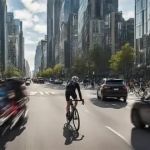 Tips for Riding on Busy City Streets: Smart Strategies for Urban Cyclists
Tips for Riding on Busy City Streets: Smart Strategies for Urban Cyclists Best US National Parks for Mountain Biking: Ride Epic Trails Across America
Best US National Parks for Mountain Biking: Ride Epic Trails Across America Best Aero Helmets for Time Trials and Racing
Best Aero Helmets for Time Trials and Racing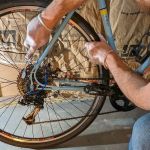 How to Clean and Lubricate Your Bike Chain Like a Pro
How to Clean and Lubricate Your Bike Chain Like a Pro 10 Must-Have Items for Long-Distance Cycling Trips
10 Must-Have Items for Long-Distance Cycling Trips